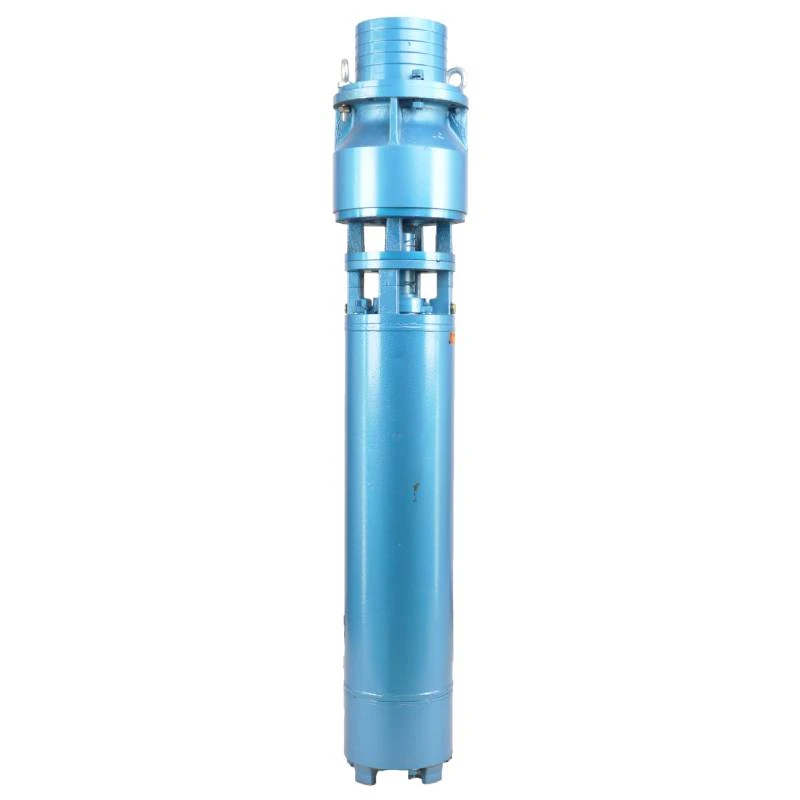ធ្នូ . 18, 2024 11:35 Back to list
Submersible Pump Motor for Efficient Underwater Applications and Performance Enhancement
Understanding Underwater Pump Motors A Deep Dive into Their Functionality and Applications
Underwater pump motors serve a crucial role in various industries, ranging from agriculture to municipal water supply systems. These motors are designed to operate submerged in water, providing a reliable means of moving fluids from one location to another. This article explores the functionality, types, and applications of underwater pump motors, emphasizing their importance and advantages.
Functionality of Underwater Pump Motors
The primary function of an underwater pump motor is to drive a pump that lifts water from wells, lakes, or other bodies of water. These motors are specifically engineered to resist water ingress, which is essential given the harsh conditions they often operate in. A well-designed underwater pump motor is typically rated for high efficiency and performance because it must generate sufficient torque to initiate and maintain fluid movement, even in challenging environments.
Underwater motors primarily rely on electric power, but there are also hydraulic and solar-powered options available. Electric motors are the most common type due to their efficiency and ease of control. These motors can be single-phase or three-phase, depending on the application. Single-phase motors are generally used for smaller tasks, while three-phase motors cater to more significant demands, often found in industrial settings.
Types of Underwater Pump Motors
There are several types of underwater pump motors, each tailored for specific applications
1. Submersible Motors These motors are fully encapsulated and can operate when submerged in water. Submersible pumps—such as borehole pumps—utilize these motors for applications such as groundwater extraction.
2. Vertical Hollow Shaft Motors Ideal for deep well applications, these motors are attached directly to the pump and are commonly found in commercial and industrial installations. They are designed for high reliability during continuous operation.
3. Wet Rotor Motors These motors are often used where the pump and motor share a fluid. They operate efficiently as the cooling system is enhanced by the submerged operation, allowing for extended operating durations without overheating.
4. Hydraulic Motors In situations where electricity is not available or practical, hydraulic motors can be used to power underwater pumps. These motors convert fluid pressure into mechanical energy, allowing for fluid movement in submerged conditions.
Applications of Underwater Pump Motors
underwater pump motor

Underwater pump motors have a wide range of applications across various sectors
- Agriculture In irrigation systems, underwater pumps play a significant role in drawing water from wells or bodies of water to irrigate fields
. These systems improve water efficiency and ensure crops receive adequate moisture.- Municipal Supply Many municipalities rely on underwater pump motors to extract water from aquifers for public consumption, maintaining the infrastructure needed for clean and accessible drinking water.
- Industrial Use Industries often use underwater pumps for various processes, including cooling systems, fire suppression systems, and slurry removal in mining operations.
- Sewage and Wastewater Management Underwater motors help transport sewage and wastewater to treatment facilities, ensuring efficient processing and environmental protection.
Advantages of Underwater Pump Motors
The benefits of underwater pump motors are numerous
1. Efficiency They are designed to operate effectively in submerged conditions, reducing energy consumption.
2. Space-Saving Design As they are submerged, these motors do not require additional overhead space, making them suitable for various installations.
3. Reliability Underwater motors are built to withstand harsh conditions, making them highly reliable for continuous operation.
4. Versatility With various designs available, underwater pump motors can cater to agriculture, industry, and commercial needs, showcasing their adaptability.
In conclusion, underwater pump motors are indispensable components in various applications, from agricultural irrigation to municipal water supply systems. Their unique design and robust functionality allow them to operate efficiently in submerged conditions, emphasizing their significance in ensuring a steady and reliable water supply. As technology advances, these motors will continue to evolve, further enhancing their efficiency and effectiveness in addressing the world’s fluid transport needs.
-
Submersible Water Pump: The Efficient 'Power Pioneer' of the Underwater World
NewsJul.01,2025
-
Submersible Pond Pump: The Hidden Guardian of Water Landscape Ecology
NewsJul.01,2025
-
Stainless Well Pump: A Reliable and Durable Pumping Main Force
NewsJul.01,2025
-
Stainless Steel Submersible Pump: An Efficient and Versatile Tool for Underwater Operations
NewsJul.01,2025
-
Deep Well Submersible Pump: An Efficient 'Sucker' of Groundwater Sources
NewsJul.01,2025
-
Deep Water Well Pump: An Efficient 'Sucker' of Groundwater Sources
NewsJul.01,2025
-
 Submersible Water Pump: The Efficient 'Power Pioneer' of the Underwater WorldIn the field of hydraulic equipment, the Submersible Water Pump has become the core equipment for underwater operations and water resource transportation due to its unique design and excellent performance.Detail
Submersible Water Pump: The Efficient 'Power Pioneer' of the Underwater WorldIn the field of hydraulic equipment, the Submersible Water Pump has become the core equipment for underwater operations and water resource transportation due to its unique design and excellent performance.Detail -
 Submersible Pond Pump: The Hidden Guardian of Water Landscape EcologyIn courtyard landscapes, ecological ponds, and even small-scale water conservancy projects, there is a silent yet indispensable equipment - the Submersible Pond Pump.Detail
Submersible Pond Pump: The Hidden Guardian of Water Landscape EcologyIn courtyard landscapes, ecological ponds, and even small-scale water conservancy projects, there is a silent yet indispensable equipment - the Submersible Pond Pump.Detail -
 Stainless Well Pump: A Reliable and Durable Pumping Main ForceIn the field of water resource transportation, Stainless Well Pump has become the core equipment for various pumping scenarios with its excellent performance and reliable quality.Detail
Stainless Well Pump: A Reliable and Durable Pumping Main ForceIn the field of water resource transportation, Stainless Well Pump has become the core equipment for various pumping scenarios with its excellent performance and reliable quality.Detail
